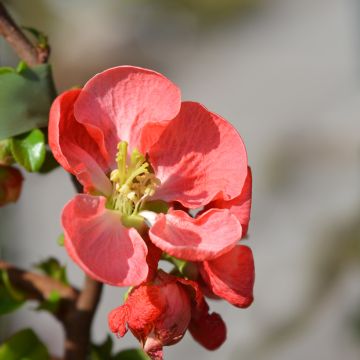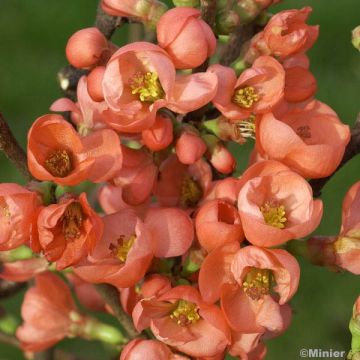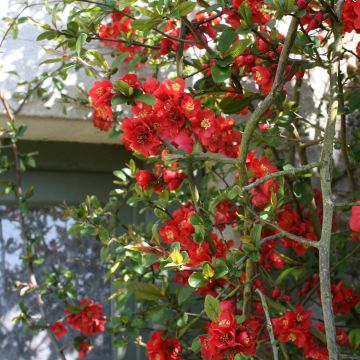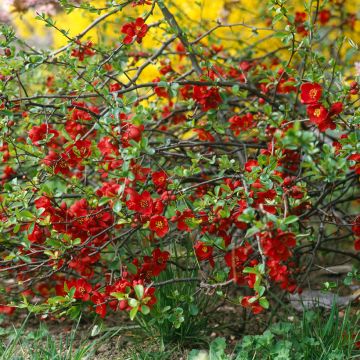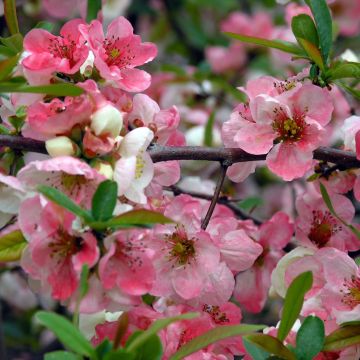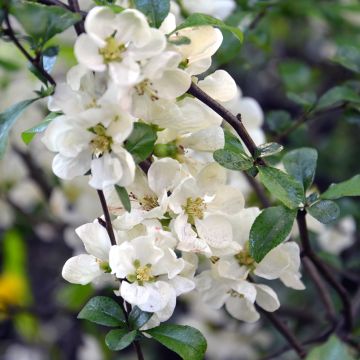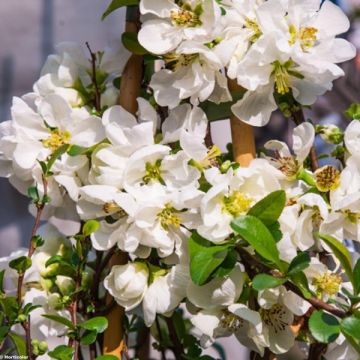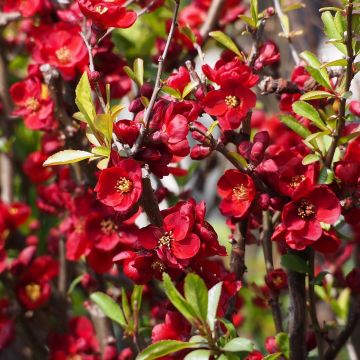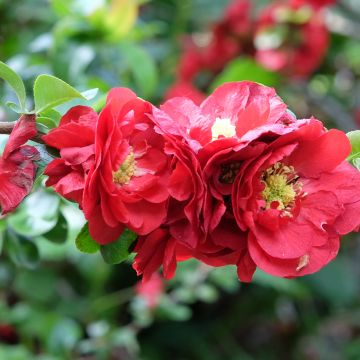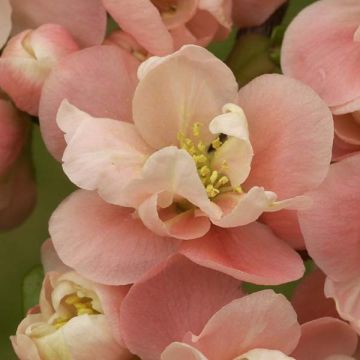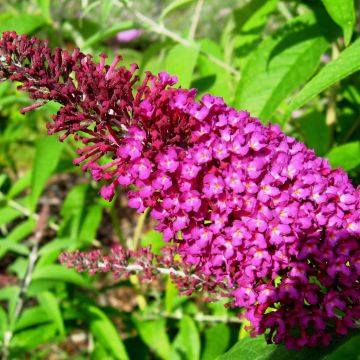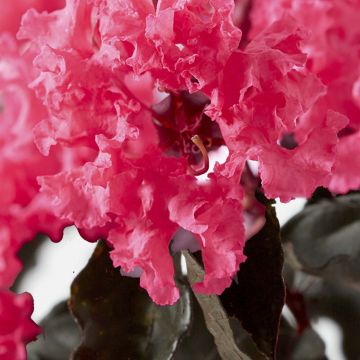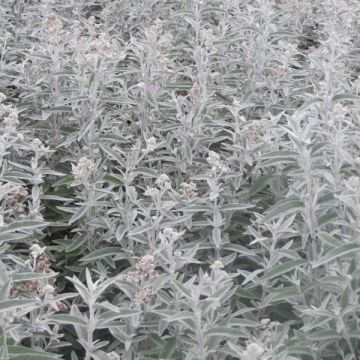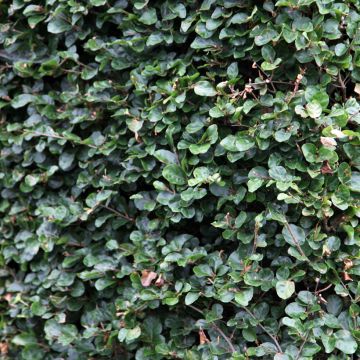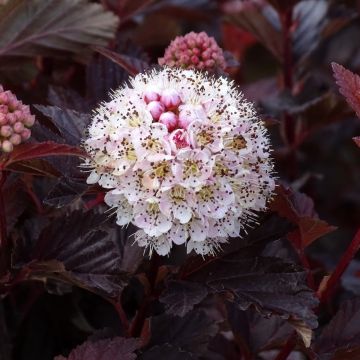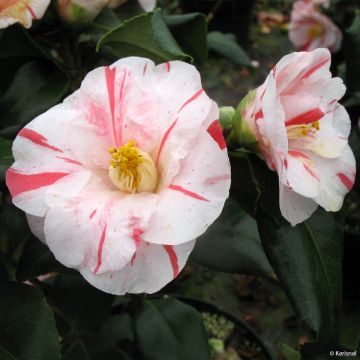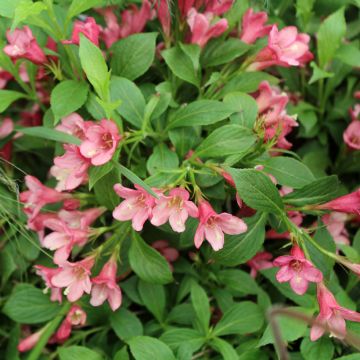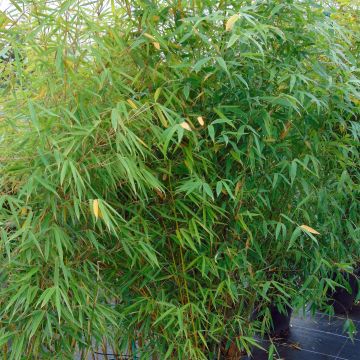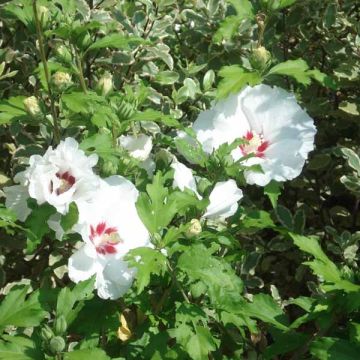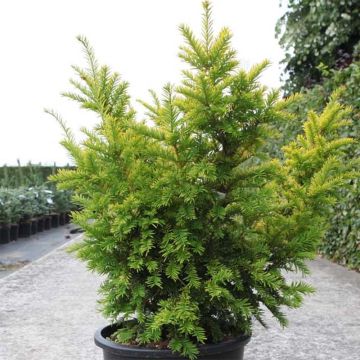Shipping country and language
Your country of residence may be:
Your country of residence is:
For a better user experience on our website, you can select:
Your shipping country:
-
Andorra
-
Austria
-
Belgium
-
Bulgaria
-
Canada
-
Chile
-
Croatia
-
Cyprus
-
Czechia
-
Denmark
-
Estonia
-
Finland
-
France
-
Germany
-
Greece
-
Hungary
-
Iceland
-
Ireland
-
Italy
-
Latvia
-
Lithuania
-
Luxembourg
-
Malta
-
Monaco
-
Netherlands
-
Poland
-
Portugal
-
Romania
-
Slovakia
-
Slovenia
-
Spain
-
Sweden
-
Switzerland
-
United Kingdom
We only deliver seed and bulb products to your country. If you add other products to your basket, they cannot be shipped.
Language:
-
French
-
German
-
Spanish
-
English
-
Italian
My Account
Hello
My wish lists
Log in / Register
Existing customer?
New customer?
Create an account to track your orders, access our customer service and, if you wish, make the most of our upcoming offers.
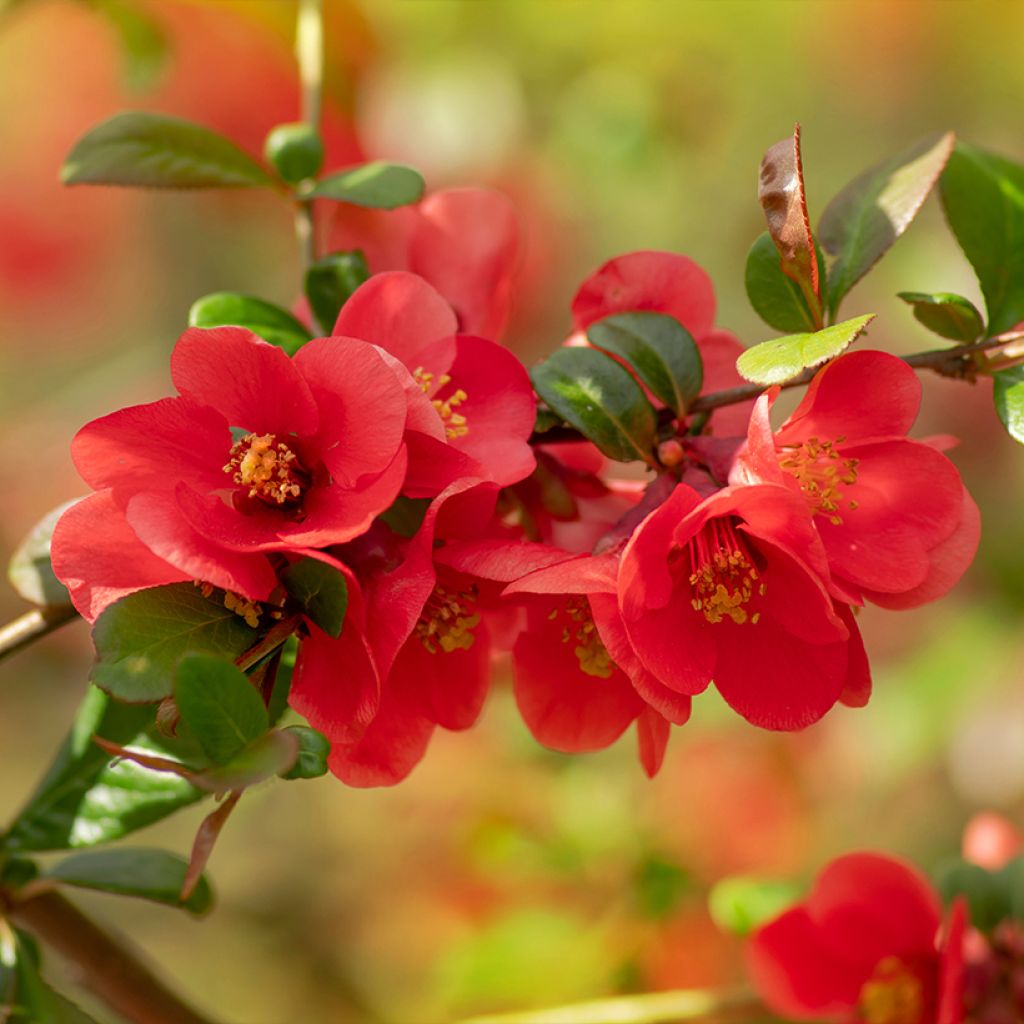

Chaenomeles japonica - Cognassier du Japon
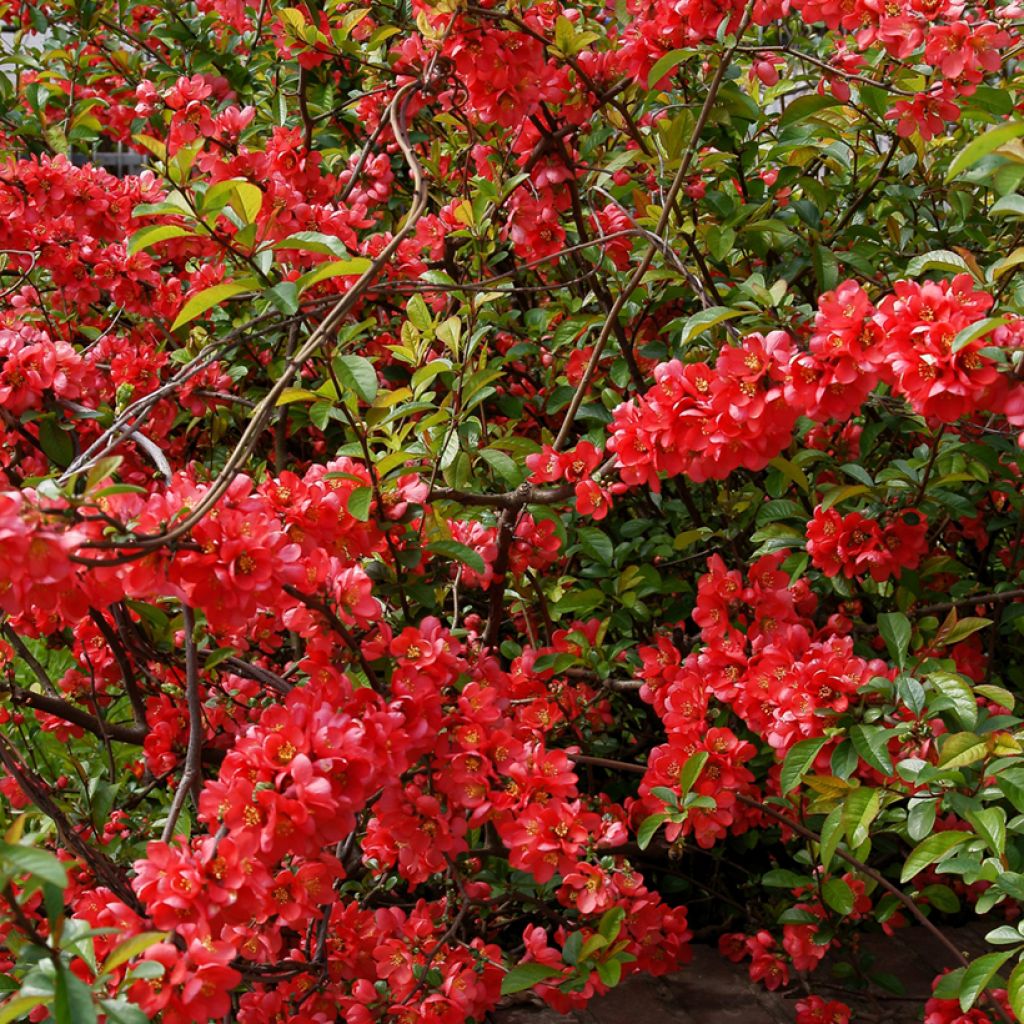

Chaenomeles japonica - Cognassier du Japon
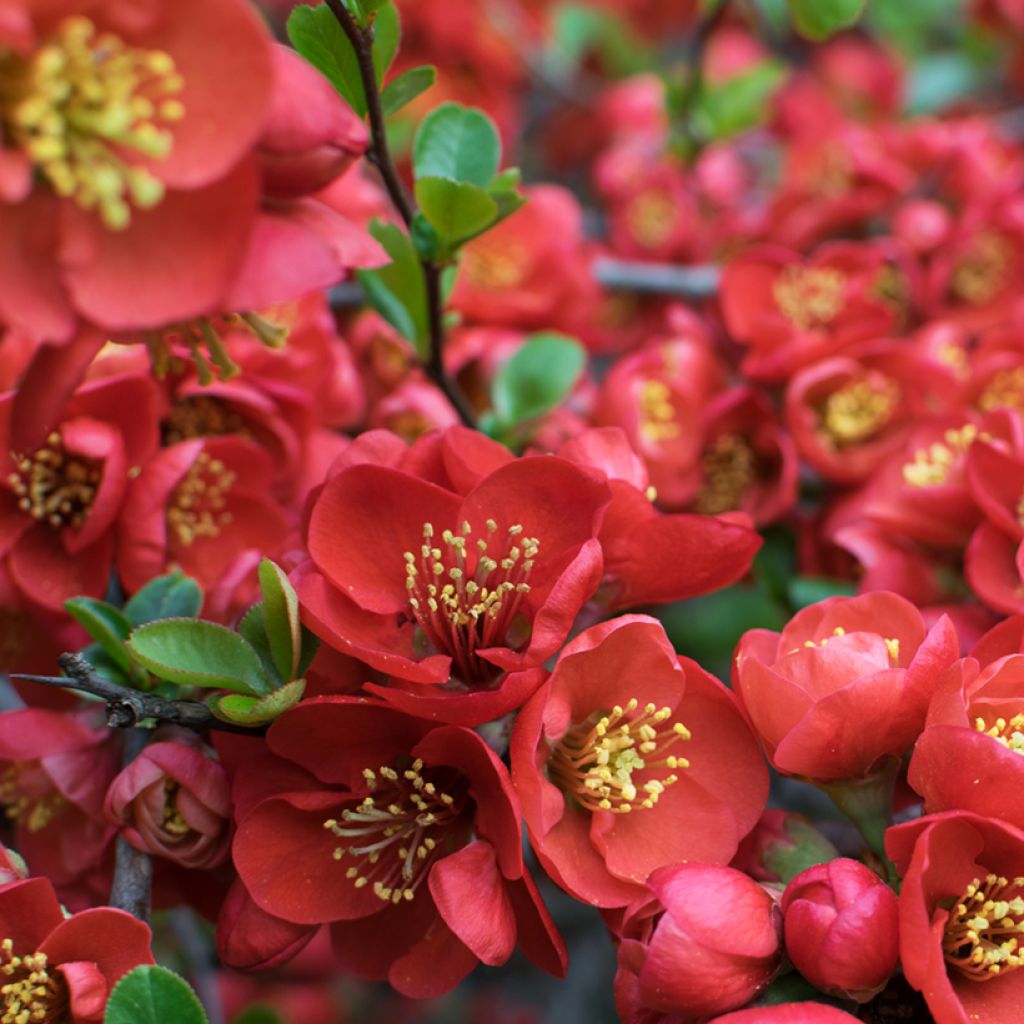

Chaenomeles japonica - Cognassier du Japon
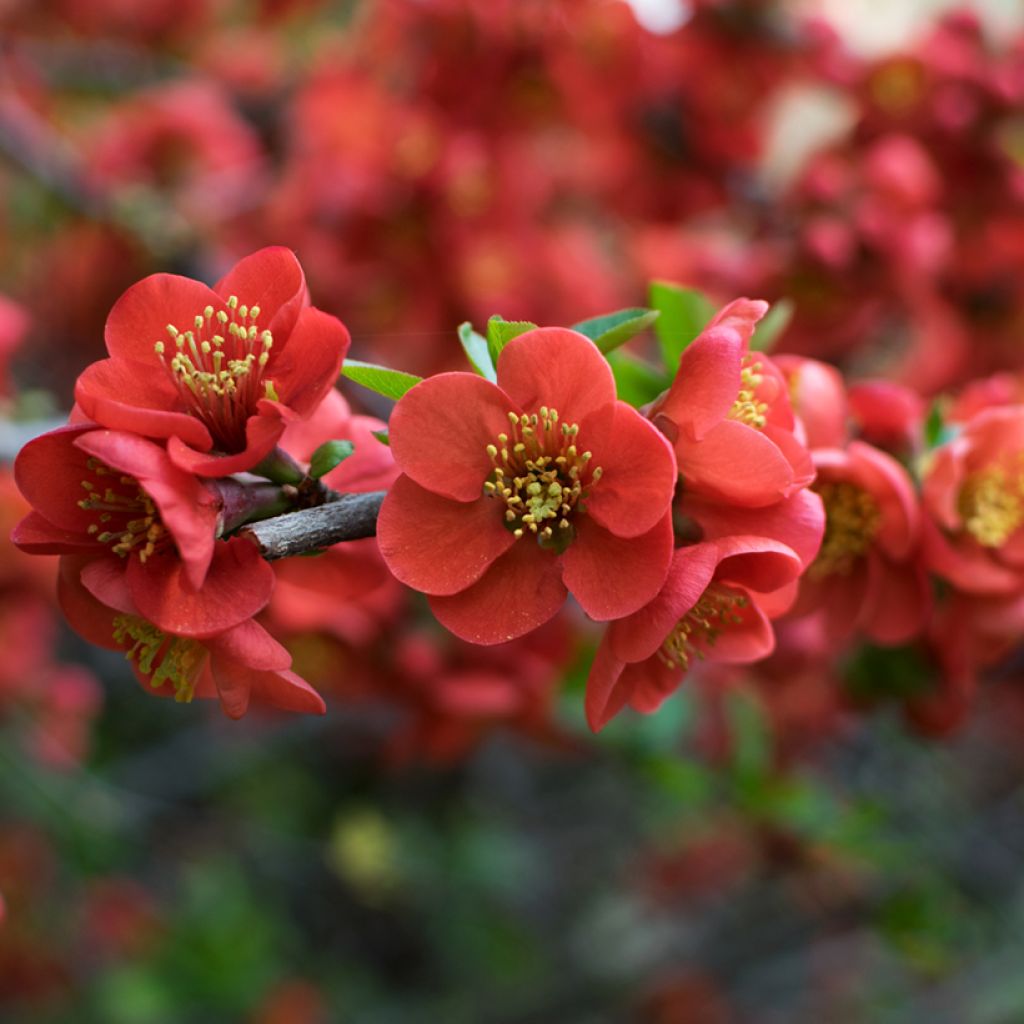

Chaenomeles japonica - Cognassier du Japon
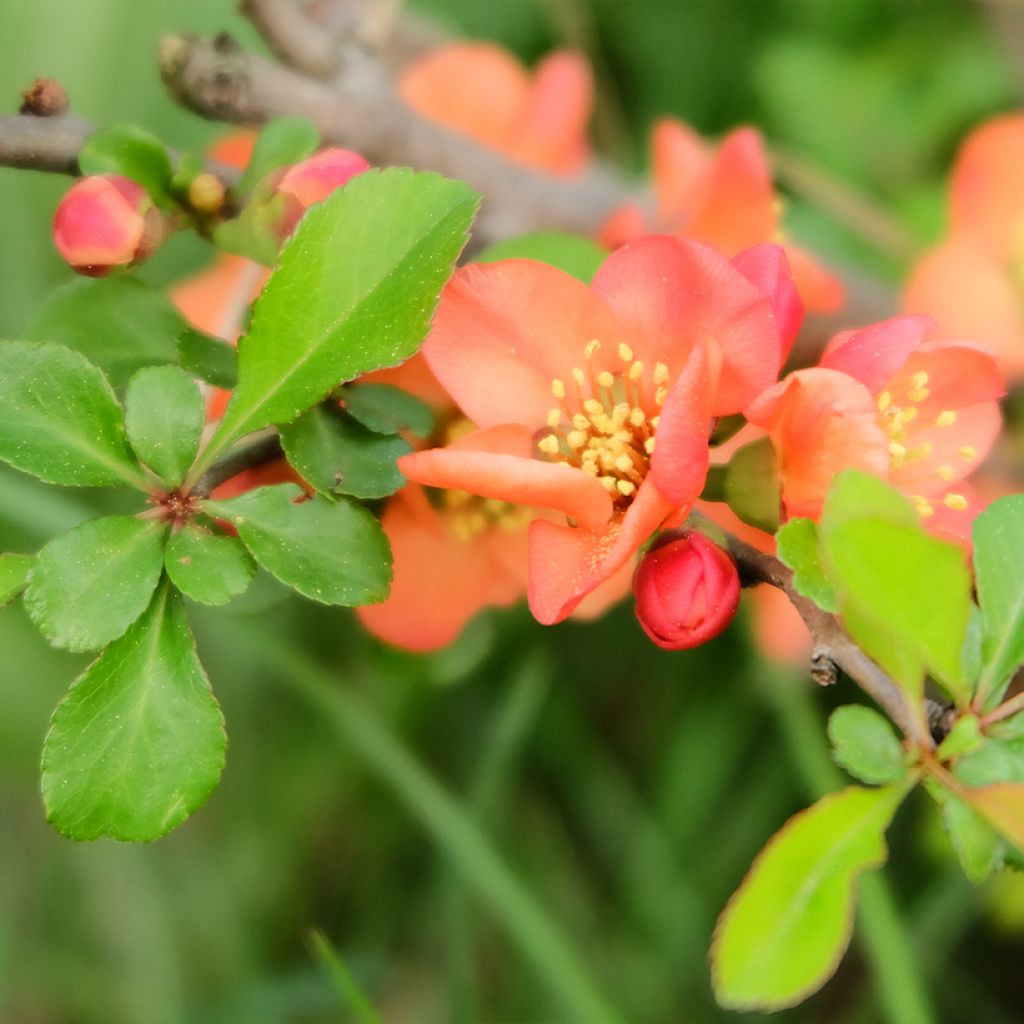

Chaenomeles japonica - Cognassier du Japon
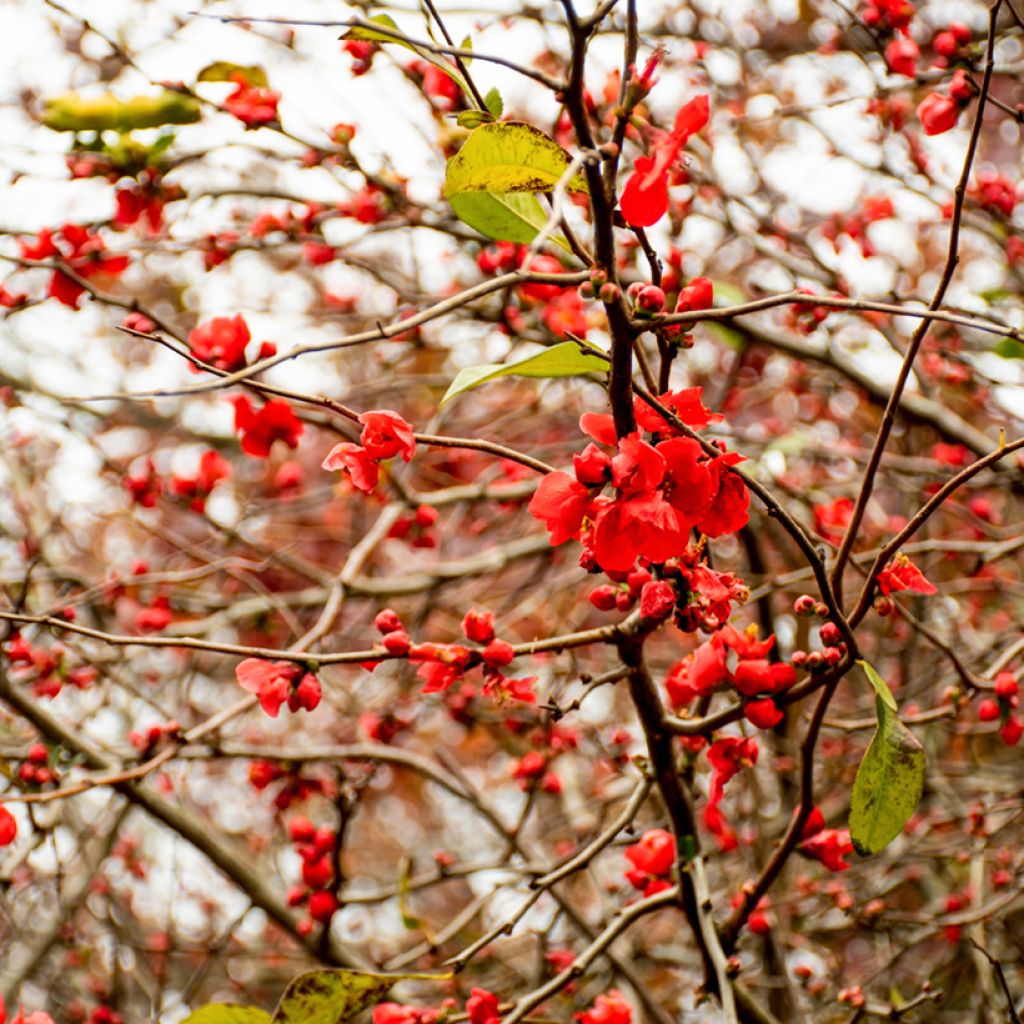

Chaenomeles japonica - Cognassier du Japon
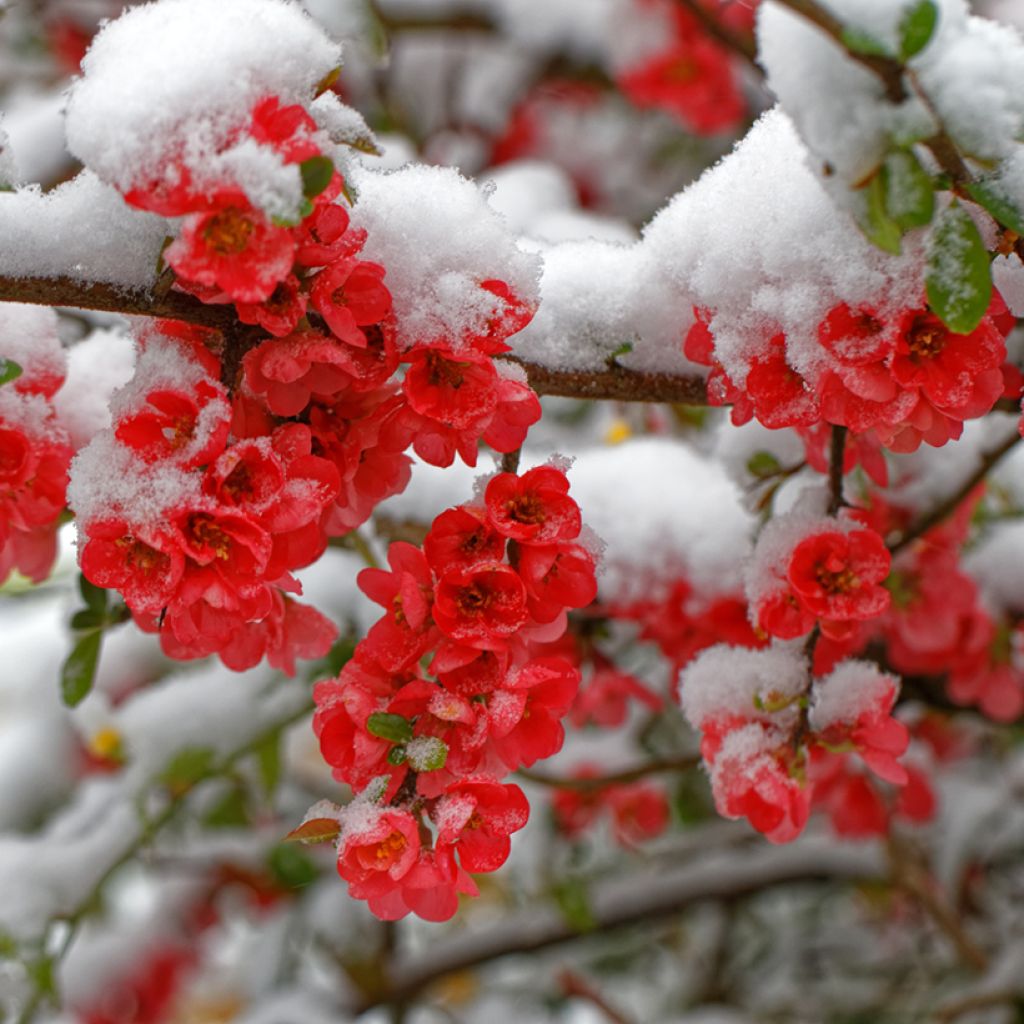

Chaenomeles japonica - Cognassier du Japon
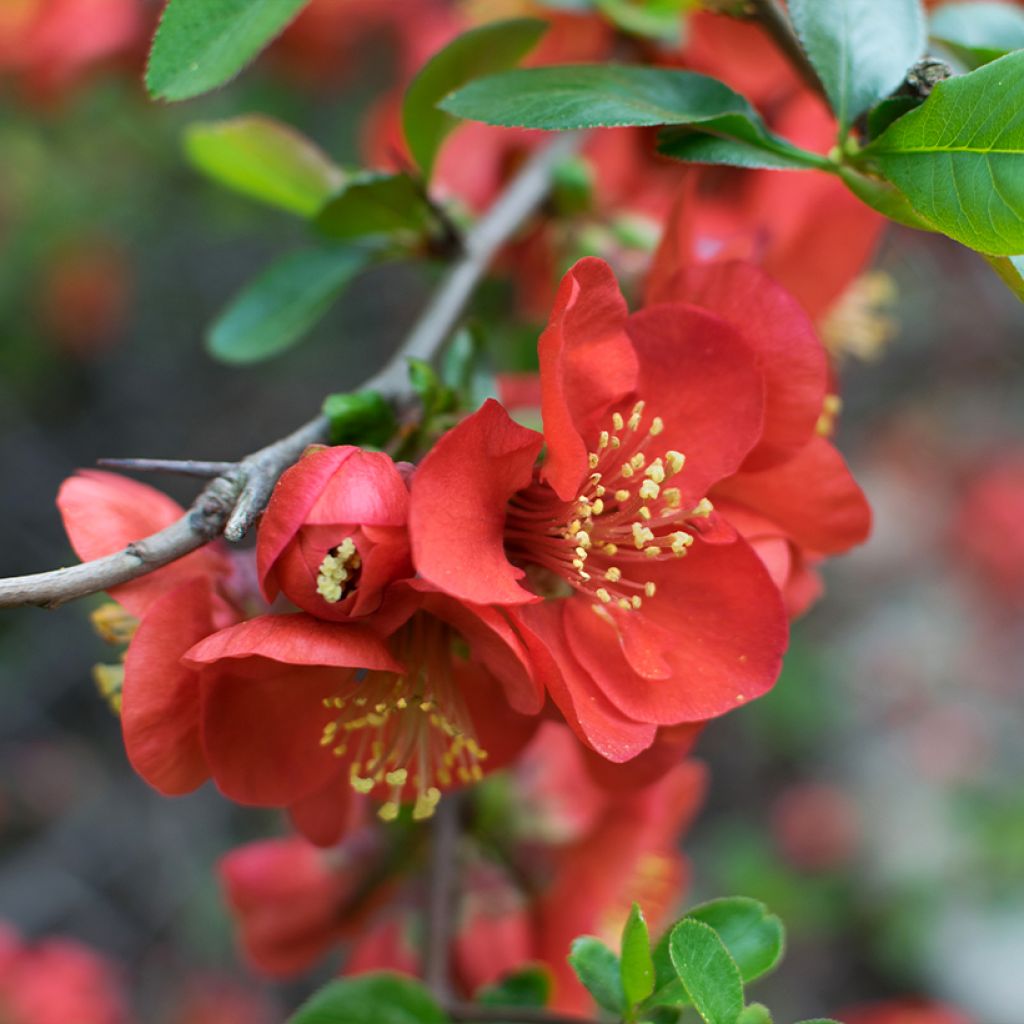

Chaenomeles japonica - Cognassier du Japon
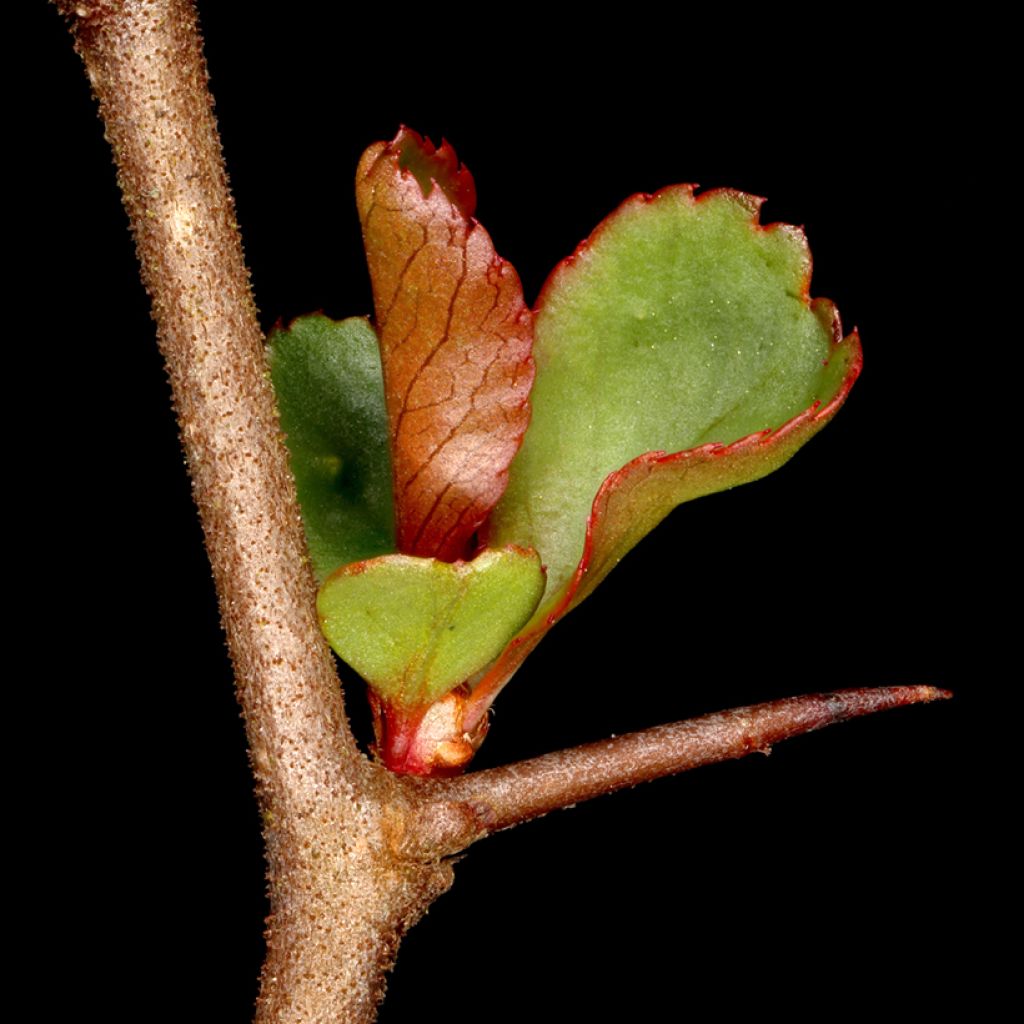

Chaenomeles japonica - Cognassier du Japon
Chaenomeles japonica - Flowering Quince
Chaenomeles japonica
Japanese Quince, Flowering quince
Order in the next for dispatch today!
Dispatch by letter from €3.90.
Delivery charge from €5.90 Oversize package delivery charge from €6.90.
More information
This item is not available in your country.
Schedule delivery date,
and select date in basket
This plant carries a 24 months recovery warranty
More information
We guarantee the quality of our plants for a full growing cycle, and will replace at our expense any plant that fails to recover under normal climatic and planting conditions.
From €5.90 for pickup delivery and €6.90 for home delivery
Express home delivery from €8.90.
Does this plant fit my garden?
Set up your Plantfit profile →
Description
The wild Japanese quince, in Latin Chaenomeles japonica, is a deciduous thorny bush, particularly robust, prized for its early and colourful flowering, essential in country or defensive hedges. It forms, along with Forsythia, a winning duo to bring colour to the garden in early spring. Its insolent red flowers bloom abundantly, just before its leaves. Self-sterile, the Japanese quince only bears fruit in the presence of another subject nearby. Its small quinces, yellow and fragrant when ripe, can be cooked into compote or jam. Very accommodating in terms of exposure and soil type, useful for small garden fauna, it naturally finds its place in a natural garden.
Chaenomeles japonica, from the Rosaceae family, is native to central and southern Japan. It is a thorny bush, spreading by suckers from its stump. It grows moderately fast, somewhat sparse in its youth, and eventually forms a ramified, tangled, almost impenetrable bush. Ultimately, the bush measures about 1.50m (4ft 11in) in height and 1.30m (4ft 4in) in width, sometimes less, depending on the growing conditions. Its flowering takes place from February to April, depending on the climate. It lasts for approximately 3 weeks. The very fragrant flowers, reaching 3 to 4cm (1.2 to 1.6in) in diameter, are cup-shaped and have a very bright red colour with a touch of pink. In the centre, there is a bouquet of yellow stamens. The flowers, grouped in 2 to 5 small clusters, emerge directly from the wood, at the nodes, on last year's branches. They give way to small rounded fruits, 3 to 4cm (1.2 to 1.6in) in size, which turn yellow in autumn. These aromatic fruits are used in Japanese pharmacopoeia but are not edible raw. The deciduous leaves develop almost simultaneously with the flowers; they are ovate to lanceolate, 3-6cm (1.2-2.4in) long and 1.5 to 3cm (0.6 to 1.2in) wide, with a beautiful bright green and shiny upper surface.
The Japanese quinces offer us, just like Forsythias, Abeliophyllum, and Japanese kerrias, the most anticipated flowering after a long winter. They are comfortable in all climates, as they are not afraid of heat or cold. They can be grown both individually and in flower beds, and of course in a country hedge. The wild variety will accompany fragrant bushes such as winter honeysuckle (Lonicera fragrantissima), which precedes it, and modest-sized lilacs, which take over its flowering, followed by that of buddleias. In mild climates, it will go well with creeping Ceanothus and blue-flowered rosemary, as their flowering will mutually enhance each other. It can also be trained against a wall, near the house, married to a winter jasmine, to enjoy it every time you pass by. Its still bare branches, but filled with buds, are also an opportunity for beautiful tall vase bouquets.
Report an error about the product description
Chaenomeles japonica - Flowering Quince in pictures
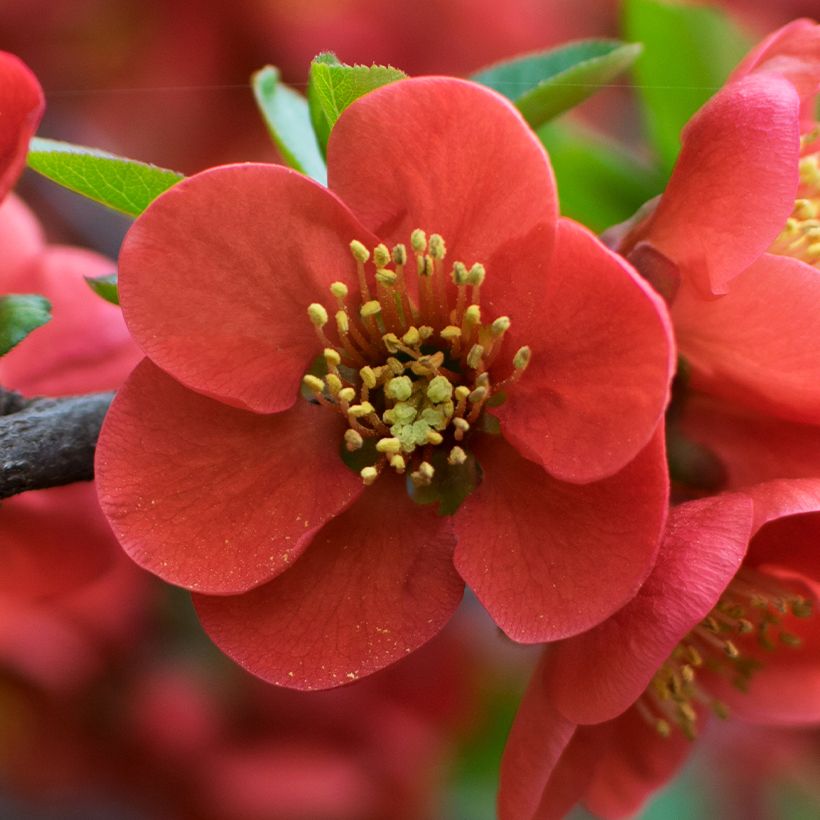

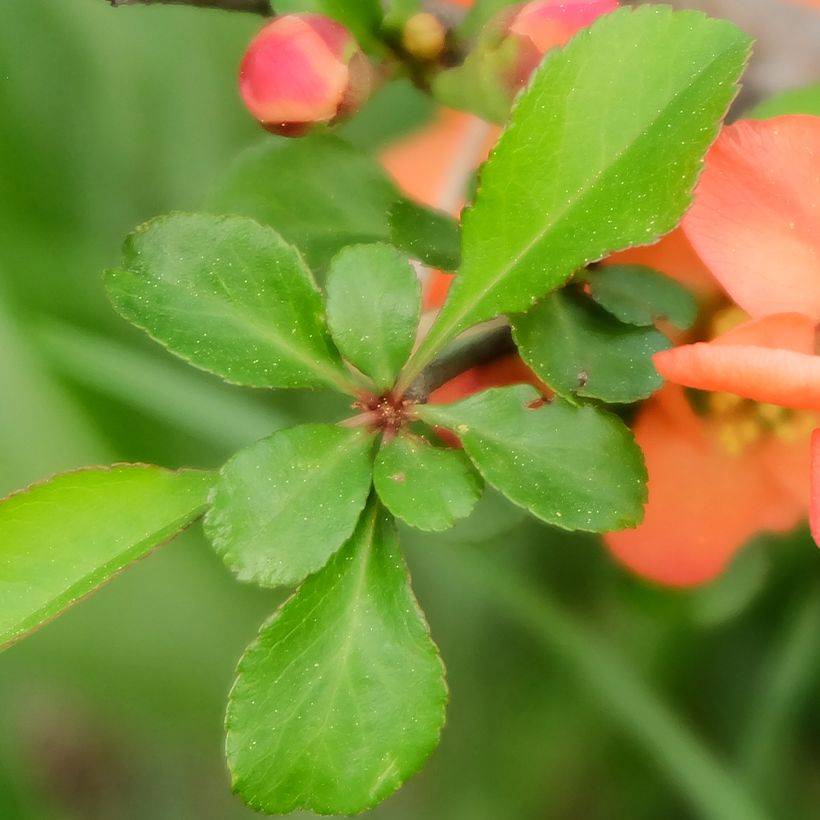

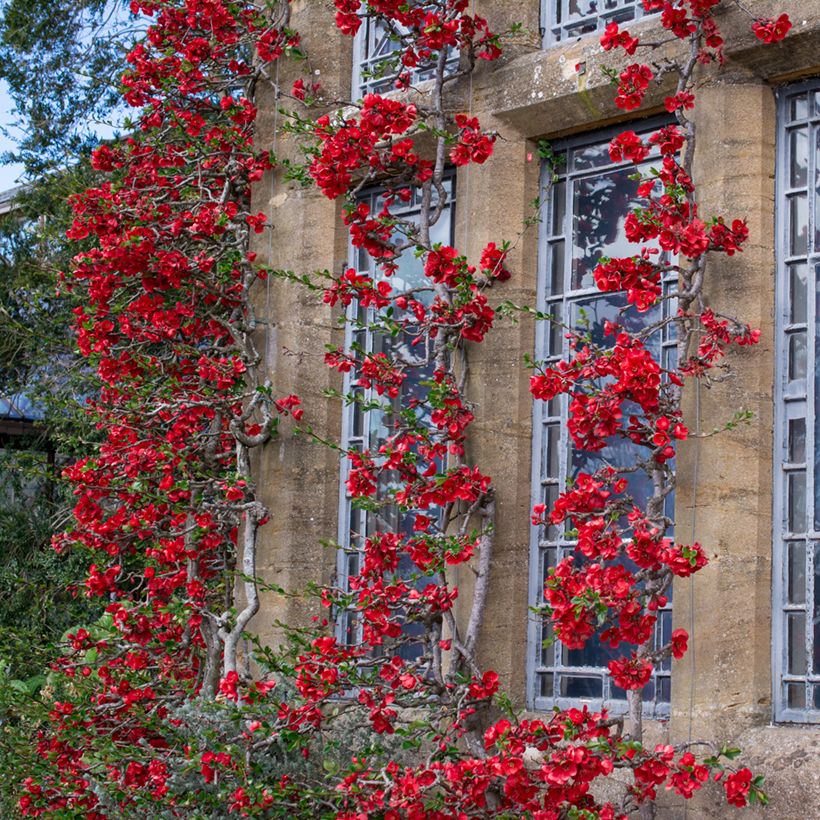

Plant habit
Flowering
Foliage
Botanical data
Chaenomeles
japonica
Rosaceae
Japanese Quince, Flowering quince
Southeast Asia
Other Chaenomeles - Quince tree
Planting and care
Chaenomeles japonica thrives preferably in the sun or partial shade, where it shows much more flowering. You can also cultivate it in the shade, in our sunniest regions, but it will flower a little less there. Plant it in ordinary, well-prepared, well-drained soil, rather fresh, even though it tolerates drought well after 3 years of cultivation. It is a very easy plant to grow that also tolerates limestone. During planting, mix your soil with compost. When grown as a hedge, space the plants 1m (3ft 4in) apart. In a flower bed, the plants should be spaced 60 to 80cm (23.6 to 31.5in) apart. This Japanese Quince tree is resistant to pollution. It requires little maintenance, except for occasionally shortening the longest branches in spring, as they sometimes become less floriferous.
Planting period
Intended location
Care
This item has not been reviewed yet - be the first to leave a review about it.
Hedge shrubs
Haven't found what you were looking for?
Hardiness is the lowest winter temperature a plant can endure without suffering serious damage or even dying. However, hardiness is affected by location (a sheltered area, such as a patio), protection (winter cover) and soil type (hardiness is improved by well-drained soil).

Photo Sharing Terms & Conditions
In order to encourage gardeners to interact and share their experiences, Promesse de fleurs offers various media enabling content to be uploaded onto its Site - in particular via the ‘Photo sharing’ module.
The User agrees to refrain from:
- Posting any content that is illegal, prejudicial, insulting, racist, inciteful to hatred, revisionist, contrary to public decency, that infringes on privacy or on the privacy rights of third parties, in particular the publicity rights of persons and goods, intellectual property rights, or the right to privacy.
- Submitting content on behalf of a third party;
- Impersonate the identity of a third party and/or publish any personal information about a third party;
In general, the User undertakes to refrain from any unethical behaviour.
All Content (in particular text, comments, files, images, photos, videos, creative works, etc.), which may be subject to property or intellectual property rights, image or other private rights, shall remain the property of the User, subject to the limited rights granted by the terms of the licence granted by Promesse de fleurs as stated below. Users are at liberty to publish or not to publish such Content on the Site, notably via the ‘Photo Sharing’ facility, and accept that this Content shall be made public and freely accessible, notably on the Internet.
Users further acknowledge, undertake to have ,and guarantee that they hold all necessary rights and permissions to publish such material on the Site, in particular with regard to the legislation in force pertaining to any privacy, property, intellectual property, image, or contractual rights, or rights of any other nature. By publishing such Content on the Site, Users acknowledge accepting full liability as publishers of the Content within the meaning of the law, and grant Promesse de fleurs, free of charge, an inclusive, worldwide licence for the said Content for the entire duration of its publication, including all reproduction, representation, up/downloading, displaying, performing, transmission, and storage rights.
Users also grant permission for their name to be linked to the Content and accept that this link may not always be made available.
By engaging in posting material, Users consent to their Content becoming automatically accessible on the Internet, in particular on other sites and/or blogs and/or web pages of the Promesse de fleurs site, including in particular social pages and the Promesse de fleurs catalogue.
Users may secure the removal of entrusted content free of charge by issuing a simple request via our contact form.
The flowering period indicated on our website applies to countries and regions located in USDA zone 8 (France, the United Kingdom, Ireland, the Netherlands, etc.)
It will vary according to where you live:
- In zones 9 to 10 (Italy, Spain, Greece, etc.), flowering will occur about 2 to 4 weeks earlier.
- In zones 6 to 7 (Germany, Poland, Slovenia, and lower mountainous regions), flowering will be delayed by 2 to 3 weeks.
- In zone 5 (Central Europe, Scandinavia), blooming will be delayed by 3 to 5 weeks.
In temperate climates, pruning of spring-flowering shrubs (forsythia, spireas, etc.) should be done just after flowering.
Pruning of summer-flowering shrubs (Indian Lilac, Perovskia, etc.) can be done in winter or spring.
In cold regions as well as with frost-sensitive plants, avoid pruning too early when severe frosts may still occur.
The planting period indicated on our website applies to countries and regions located in USDA zone 8 (France, United Kingdom, Ireland, Netherlands).
It will vary according to where you live:
- In Mediterranean zones (Marseille, Madrid, Milan, etc.), autumn and winter are the best planting periods.
- In continental zones (Strasbourg, Munich, Vienna, etc.), delay planting by 2 to 3 weeks in spring and bring it forward by 2 to 4 weeks in autumn.
- In mountainous regions (the Alps, Pyrenees, Carpathians, etc.), it is best to plant in late spring (May-June) or late summer (August-September).
The harvesting period indicated on our website applies to countries and regions in USDA zone 8 (France, England, Ireland, the Netherlands).
In colder areas (Scandinavia, Poland, Austria...) fruit and vegetable harvests are likely to be delayed by 3-4 weeks.
In warmer areas (Italy, Spain, Greece, etc.), harvesting will probably take place earlier, depending on weather conditions.
The sowing periods indicated on our website apply to countries and regions within USDA Zone 8 (France, UK, Ireland, Netherlands).
In colder areas (Scandinavia, Poland, Austria...), delay any outdoor sowing by 3-4 weeks, or sow under glass.
In warmer climes (Italy, Spain, Greece, etc.), bring outdoor sowing forward by a few weeks.
